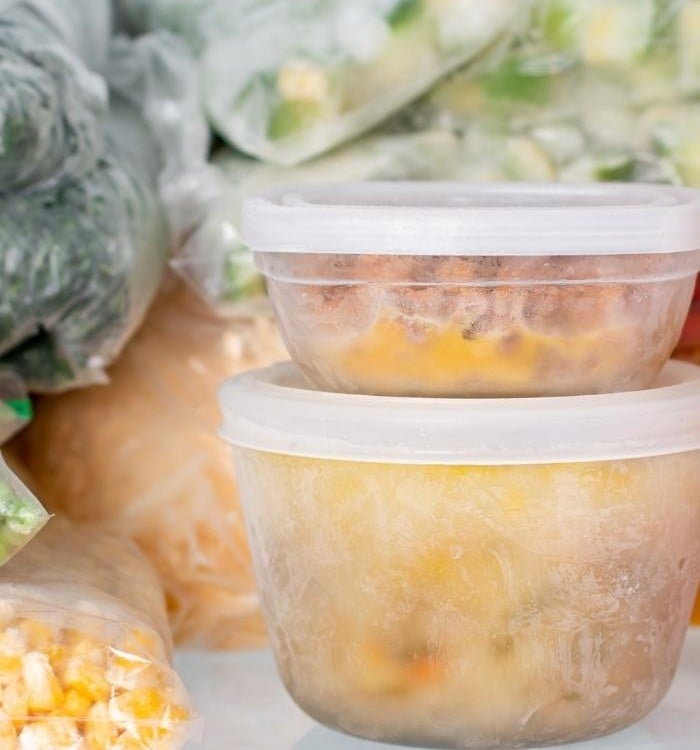
How to Freeze Soup
Knowing how to freeze soup and which soups freeze well makes meal prep a breeze! In this post, I share the best ways to freeze soup, plus how to defrost soup and which soups you can and can’t freeze.
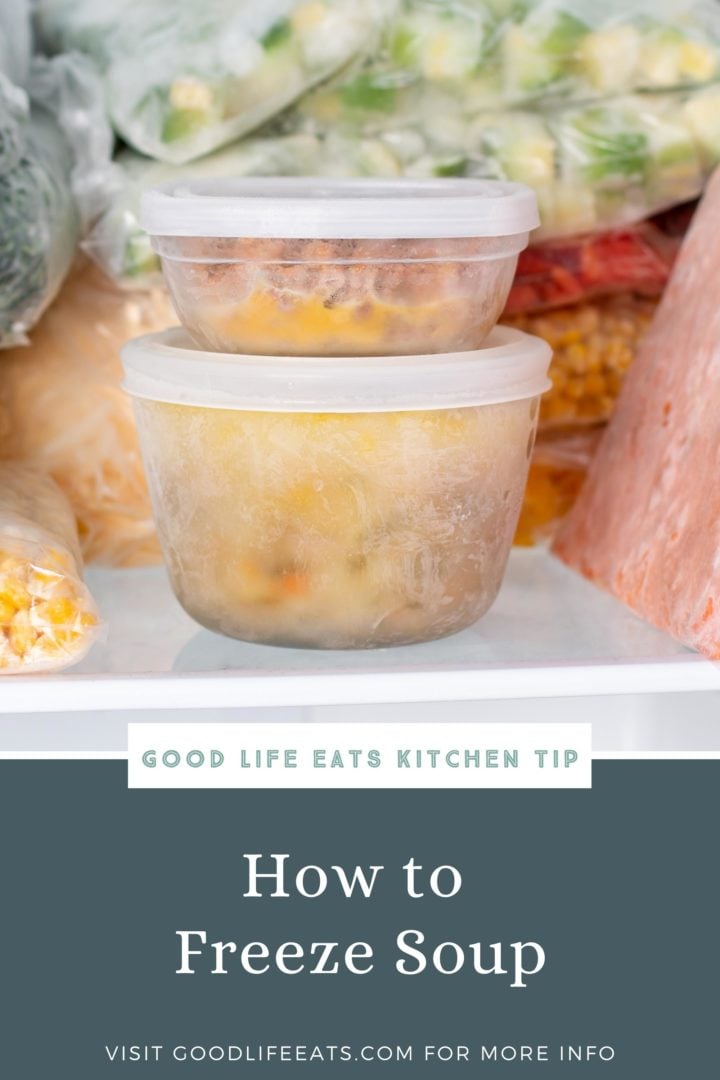
Why Bother Freezing Soup?
Freezing soup is a great way to extend its shelf life, whether you have leftovers that would otherwise go to waste or you’re meal prepping servings of soup for lunches and dinners.
Personally, I love preparing big batches of soup to freeze for busy weeks when I know I won’t have time to cook.
Having servings of frozen soup on hand is especially handy once school ramps up. On hectic evenings, I can quickly reheat some soup for my family, maybe throw together a simple green salad to enjoy on the side, and dinner is served!
Can You Freeze Soup?
In a word, YES! While I don’t recommend freezing certain types of soups (I’ve provided much more details on which soups you should and shouldn’t freeze later in this post), in general soup is a great dish to freeze for later.
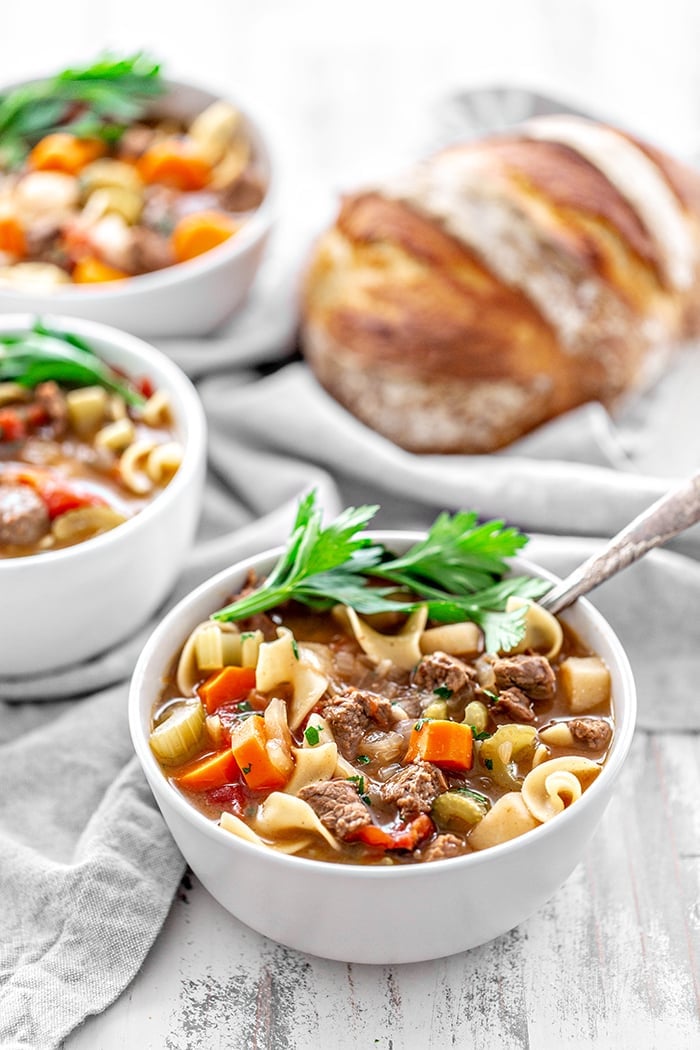
The Best Freezer Containers for Soup
You can freeze soup in a variety of freezer containers. Use whichever you have on hand that fits the amount of soup you want to freeze.
Here are the freezer containers for soup that I recommend:
- Tupperware: I prefer using freezer-safe glass meal prep containers for freezing individual portions of soup.
- I personally like these Glass Meal Prep Containers because they are the perfect size for single portions for lunch for me, they reheat well in the microwave since they’re glass, and I can eat right out of the glass container.
- Mason jars: These are great for freezing individual portions of soup and their slim shape makes them easy to stack in the freezer.
- Ziploc Bags: Be sure to get Ziploc freezer bags. They’re thicker than regular Ziploc bags and do a much better job at preventing freezer burn. I recommend freezing Ziploc bags flat on a cookie sheet and then storing them vertically once frozen solid to save space.
- Vacuum seal bags: Removes all of the excess air from the bags of soup, which makes them last longer in the freezer. You’ll need a special vacuum pump to suck the excess air out of the vacuum bags.
- Souper Cubes: these Souper Cubes are great for freezing individual portions that you can then transfer to a vacuum sealed bag or other storage bag. This was you aren’t tying up all of your storage containers in your freezer.
How to Freeze Soup
Whether you choose to freeze soup in glass Tupperware containers, freezer bags, or vacuum seal bags, the method for freezing soup remains pretty much the same.
Here’s how to freeze soup safely every time:
- Prepare the soup as the recipe instructs.
- Once cooked, remove the soup from the heat and let it cool completely. This lowers the chance of the soup developing freezer burn.
- Once completely cool, transfer the soup to your freezer container of choice. Never fill the container all the way up, as soup expands as it freezes!
- Label and date the freezer container prior to freezing the soup. If any ingredients or garnishes need to be added prior to serving, list those on the label as well.
Tip: If freezing soup in Tupperware, glass freezer containers, or mason jars, press a square of plastic wrap directly onto the surface of the soup before securing the lid on top. This prevents any air in the container from coming in direct contact with the soup and subsequently causing freezer burn.
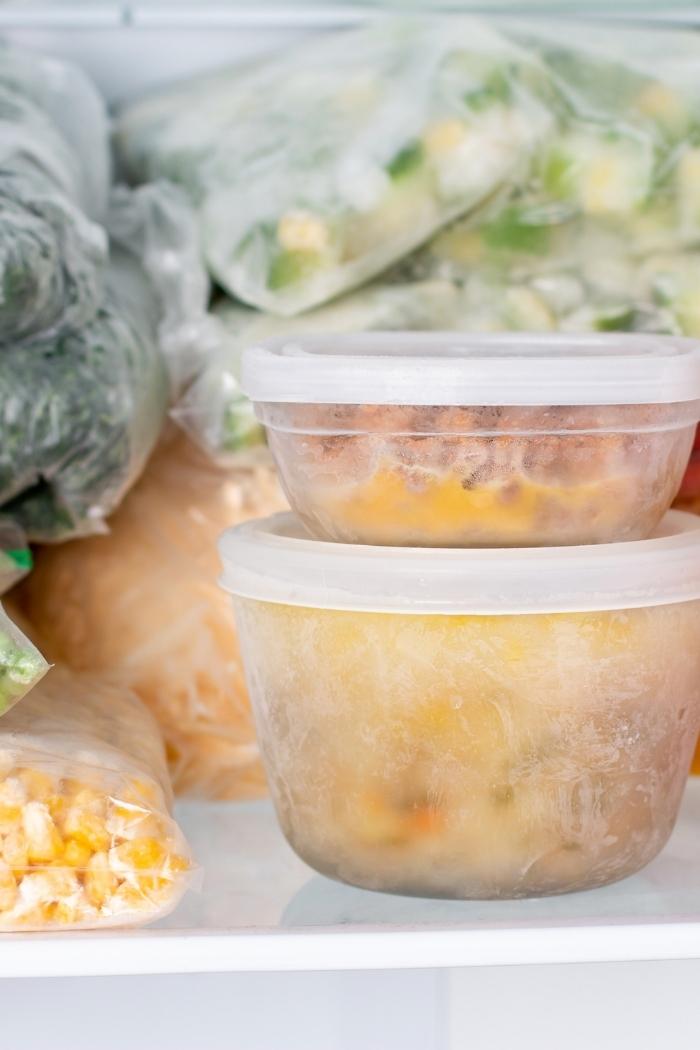
Freezing Individual Portions of Soup vs. One Big Batch
When deciding the best way to freeze soup for your family, you should also consider how much soup you want to freeze per container.
Freezing smaller portions of soup (1 to 2 cups per container) is handy for quick lunches throughout the week, or when you’re home alone and don’t need to feed your entire family.
Having smaller portions of soup in the freezer is also a good idea if you have picky eaters who all like different foods!
Plus, smaller portions of soup are easier and faster to defrost.
Freezing larger portions of soup (half gallon to gallon) makes sense if you’ll be defrosting it to feed a larger group of people. However, the more soup you’ve frozen in a single container, the longer it will take to thaw before it can be reheated and enjoyed.
What Are the Best Soups to Freeze?
Not all soups freeze well. In my experience, the best soups to freeze are broth-based, as are soups that are loaded with vegetables and a protein source (like ground beef or shredded chicken). Chilis also tend to freeze very well.
The soups that don’t freeze well are cream-based soups and soups containing noodles of any kind.
Can You Freeze Cream Soups?
If you’ve already added the milk, cream, roux, or cheese to a soup, I don’t recommend freezing it. Dairy-laden soups often split once frozen and have a grainy texture after being defrosted.
However, you can freeze a cream soup if you plan ahead! Prepare the recipe as written, but omit the cream, milk, roux, or cheese. Freeze the soup as is, then add the dairy-based ingredients to it after defrosting it.
Can You Freeze Noodle Soups?
No, noodles and pasta soak up extra liquid and become mushy when frozen in soup.
If you want to freeze a noodle soup, prepare the recipe as instructed but leave out the noodles. Freeze the base of the soup, then prepare the noodles separately and stir them into the soup after it’s been defrosted.
How Soon Should You Freeze Soup After Making It?
In a perfect world, you should freeze soup the same day you prepare it.
However, if you realize you need to freeze a soup a few days after making it so the leftovers don’t spoil, that’s fine too. You can freeze soup up to four days after making it.
How Long Can You Freeze Soup?
How long does soup last in the freezer? Well, if stored properly in a freezer-safe container, frozen soup will last up to three months.
But what happens if you discover a forgotten container of soup in the back of the freezer after three months have passed? The frozen soup should be safe to eat, but it may have developed freezer burn in the meantime. Or, the texture of the soup may have been affected after being frozen for so long.
However, soup that’s been in your freezer for longer than three months is generally safe to eat, but its texture might not be as palatable.
How to Defrost Frozen Soup
Defrosting soup is very simple! I’ve shared my preferred methods for defrosting soup below:
- Defrost overnight in the fridge: This defrosting method takes the longest, but it preserves the texture of the soup the best. Simply place the freezer container full of soup in the refrigerator overnight, or for roughly 8 to 10 hours.
- Microwave at 50% power: You can only defrost soup in the microwave if it’s been stored in a glass container. Remove the lid and place the glass container of soup into the microwave. Microwave at 50% power for 5 to 10 minutes, stirring occasionally.
- Defrost in a water bath: Place the container of frozen soup into a large bowl of warm water. When the edges of the soup release from the freezer container, transfer to a saucepan and reheat on the stovetop.
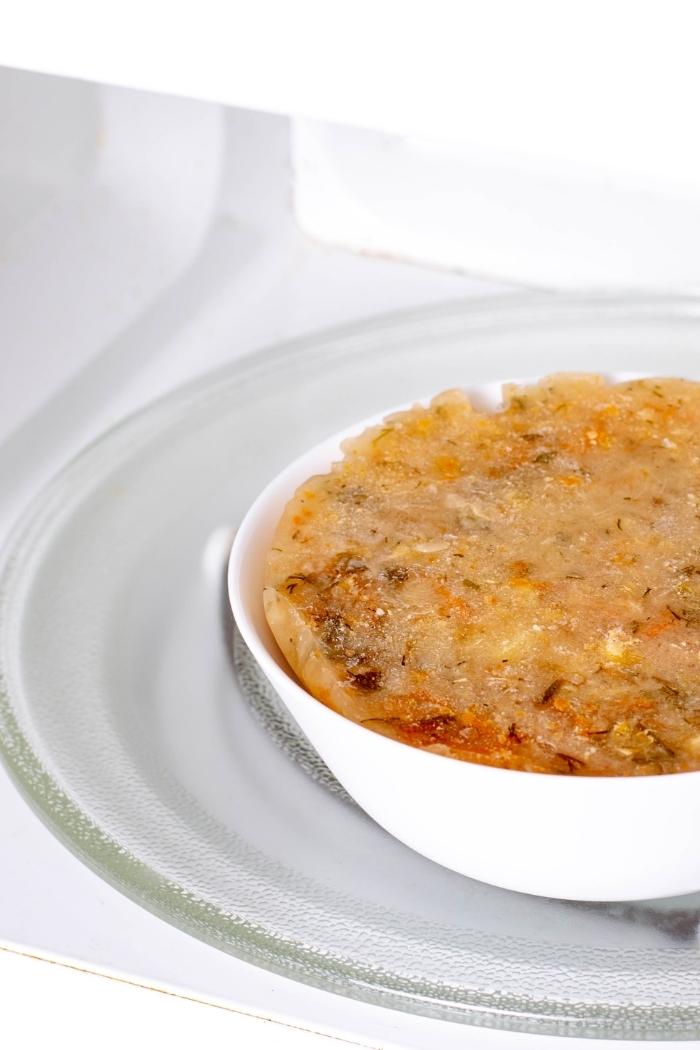
How to Reheat Soup
After defrosting the soup, you can reheat it in the microwave or on the stovetop.
- Microwave: Transfer the soup to a microwave-safe container and heat on high until warmed through. The exact amount of time needed to reheat soup will depend on the size of the microwave-safe container.
- Stovetop: Transfer the soup to a saucepan, making sure there’s at least an inch or two at the top so you can easily stir the soup. Place the saucepan over medium-low heat, pop the lid on, and gently reheat for about 10 minutes. If reheating enough soup to feed a crowd, the soup will take longer than 10 minutes to reheat.
Tips for Freezing Soup
- Cool soup completely before freezing. This reduces the risk of contracting a foodborne illness and also prevents the soup from developing freezer burn.
- Do NOT freeze soup with noodles already in it. If you’re planning to batch cook and freeze a noodle soup, or maybe you just want to freeze some leftovers, do not freeze the pasta with the soup. It is best to cook the pasta at a later date when you plan to eat the soup.
- Cream based soups don’t freeze well. I recommend stirring the cream (or other dairy product) into the soup when reheating it.
- Always label freezer containers. Label with date, contents, amount, and any additional prep instructions for later (i.e. add pasta, add cream).
Favorite Soup Recipes
Now that you know the best way to freeze soup and how to defrost and reheat it, you’re ready to start cooking! Here are some easy soup recipes that freeze well.
This Beefy Kidney Bean Chili is a classic chili recipe, super easy to prepare and the perfect chili recipe for loaded baked potatoes or chili dogs.
Served with a large salad and a crusty loaf of bread this soup can be a delicious and warming meal all on its own. Roasted red pepper soup is vegetarian and very filling.
A creamy tomato soup that's easy to make and is loaded with healthy ingredients.
This recipe for Lentil Soup with Smoked Sausage doesn’t have a fancy thing about it – in looks or ingredients. But it did have me going back for seconds.
I love using lamb in fun new ways. I also bumped up the protein with quinoa. This is a perfect gluten-free comfort food.
Pumpkin Black Bean Turkey Chili is a great fall chili recipe with tons of flavor!
Slow Cooker Ham Soup with Potatoes and Kale is both easy to prepare and flavorful, thanks to the use of a slow cooker and the rich flavor that a leftover ham bone imparts.
Chicken tortilla soup is warm, spicy, and you likely have all the ingredients on hand!
Celebrate fall with this recipe for Pumpkin Soup with Toasted Walnuts. This cozy pumpkin soup is delicious and savory. Plus, you’ll love the added soup toppings of toasted walnuts and blue cheese!
Need to use up your leftover Thanksgiving turkey? Make this Turkey Curry Soup! It's ready in about an hour and is so easy to make!
If you’re looking for a creamy, rich and flavorful soup, try this Italian Sausage Kale Soup. It’s a lightened up version of an Olive Garden Classic and crowd favorite, Zuppa Toscana.
Enjoy this Creamy Butternut Squash Soup all autumn and winter long! It's made with roasted squash and is great for meal prepping!
Soup is my favorite comfort food. It's really easy to combine pantry staples and some fresh produce to come up with a warm meal like this black bean soup with roasted chiles and tomatoes.
This recipe for Coconut Chicken Curry Soup is a fast and easy soup recipe that is full of flavor.
More Freezing Tutorials:
Freezing basil minimizes food waste and ensures you always have some on hand for soups, stews, sauces, and more! This post explains how to freeze basil 4 ways, plus you’ll get access to 10+ basil recipes.
Freezing spinach is really simple, and handy if you would like to have extra vegetables stored in your freezer. Come learn all about the 4 different ways I like to freeze spinach and several ideas for what to make with frozen spinach!
Cookie dough freezes extremely well and is the perfect sweet treat to keep stashed in your freezer to instantly satisfy those sweet tooth cravings. Here’s how to freeze cookie dough and bake it later.
Freezing muffins is a great idea if you need quick breakfasts or snacks throughout the week and want to prep them in advance. This post explains how to freeze muffins, as well as provides thawing instructions and 15 easy muffin recipes.
Freezing cheese extends its shelf life and is easy to thaw for future recipes. This guide explains how to freeze cheese, how long frozen cheese lasts in the freezer, and which cheeses can actually be frozen.
Stay Inspired in the Kitchen!
Want more delicious recipes, kitchen tips, and meal inspiration? Sign up for the Good Life Eats Newsletter and get:
✔ Tried-and-true recipes—from quick weeknight meals to special occasion favorites.
✔ Seasonal meal ideas—helping you make the most of fresh, in-season ingredients.
✔ Time-saving kitchen tips—boosting your confidence and creativity in the kitchen.
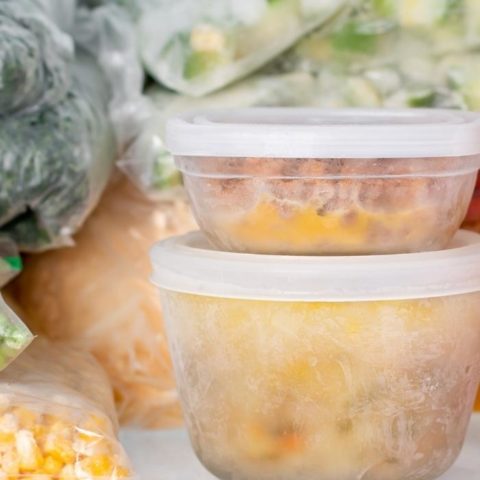
How to Freeze Soup
Knowing how to freeze soup and which soups that freeze well makes meal prep a breeze! In this post, I share the best ways to freeze soup, plus how to defrost soup and which soups you can and can’t freeze.
Ingredients
- 1 cup Soup
Instructions
- Prepare the soup as the recipe instructs.
- Once cooked, remove the soup from the heat and let it cool completely. This lowers the chance of the soup developing freezer burn.
- Once completely cool, transfer the soup to your freezer container of choice. Never fill the container all the way up, as soup expands as it freezes!
- Label and date the freezer container prior to freezing the soup. If any ingredients or garnishes need to be added prior to serving, list those on the label as well.
Notes
Tip: If freezing soup in Tupperware, glass freezer containers, or mason jars, press a square of plastic wrap directly onto the surface of the soup before securing the lid on top. This prevents any air in the container from coming in direct contact with the soup and subsequently causing freezer burn.
Recommended Products
As an Amazon Associate and member of other affiliate programs, I earn from qualifying purchases.
Nutrition Information:
Yield: 1 Serving Size: 1Amount Per Serving: Calories: 60Total Fat: 2gSaturated Fat: 0gTrans Fat: 0gUnsaturated Fat: 1gCholesterol: 10mgSodium: 831mgCarbohydrates: 7gFiber: 1gSugar: 0gProtein: 3g
GoodLifeEats.com offers recipe nutritional information as a courtesy. This provided information is an estimate only. This information comes from online calculators. Although GoodLifeEats.com makes every effort to provide accurate information, these figures are only estimates.
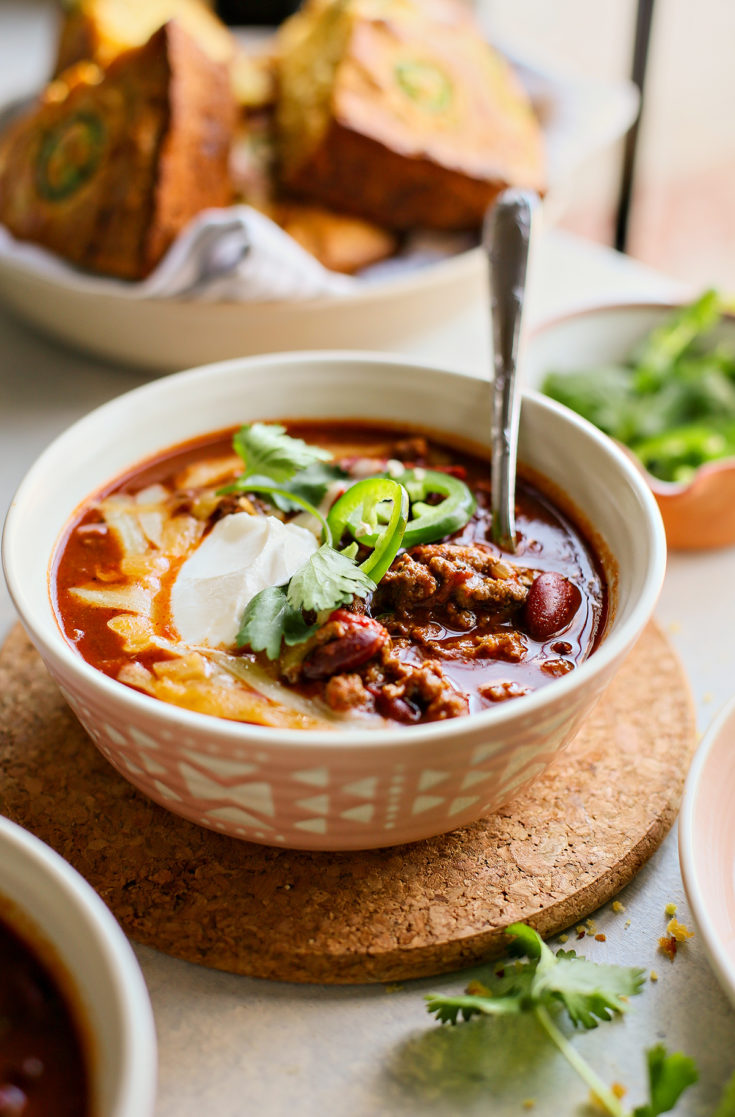
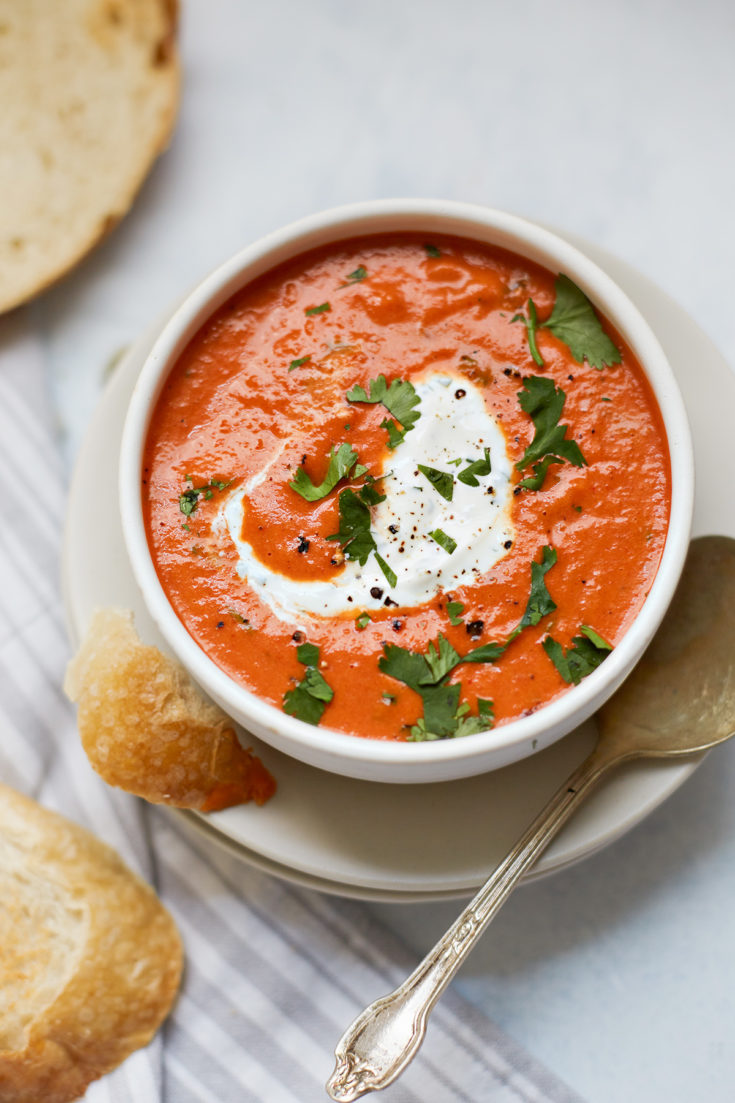
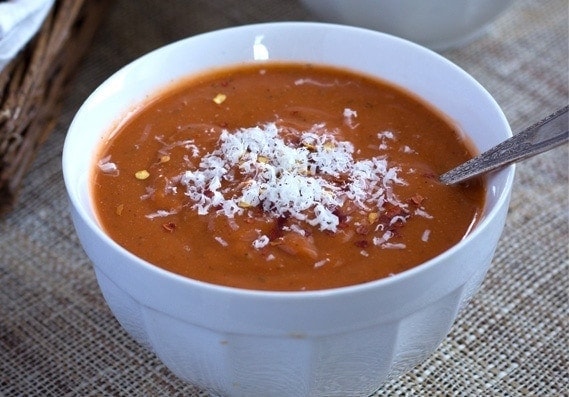
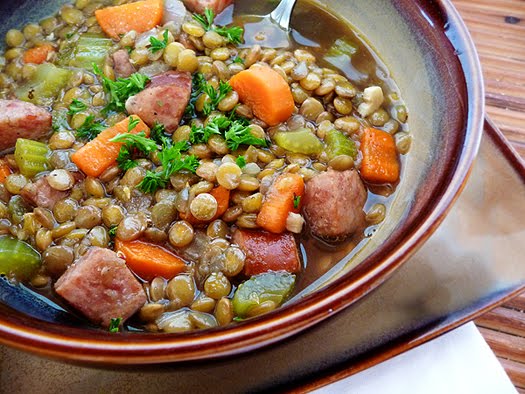
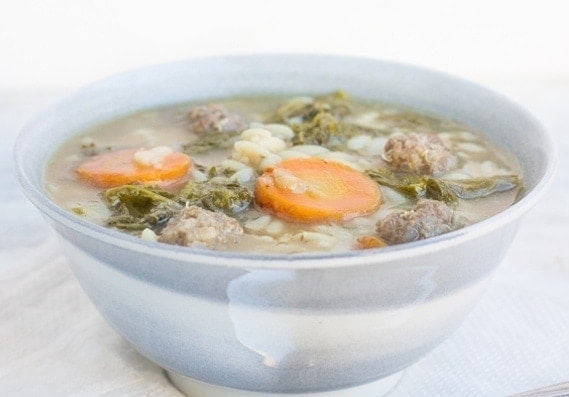
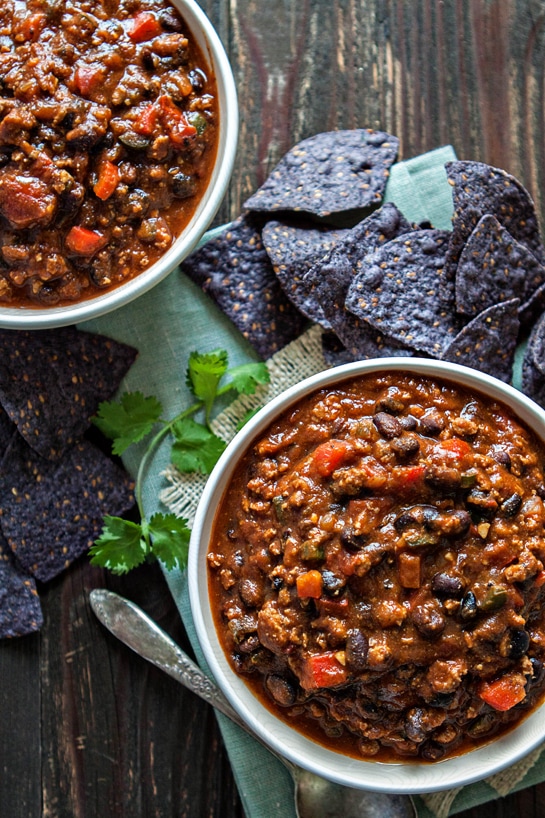
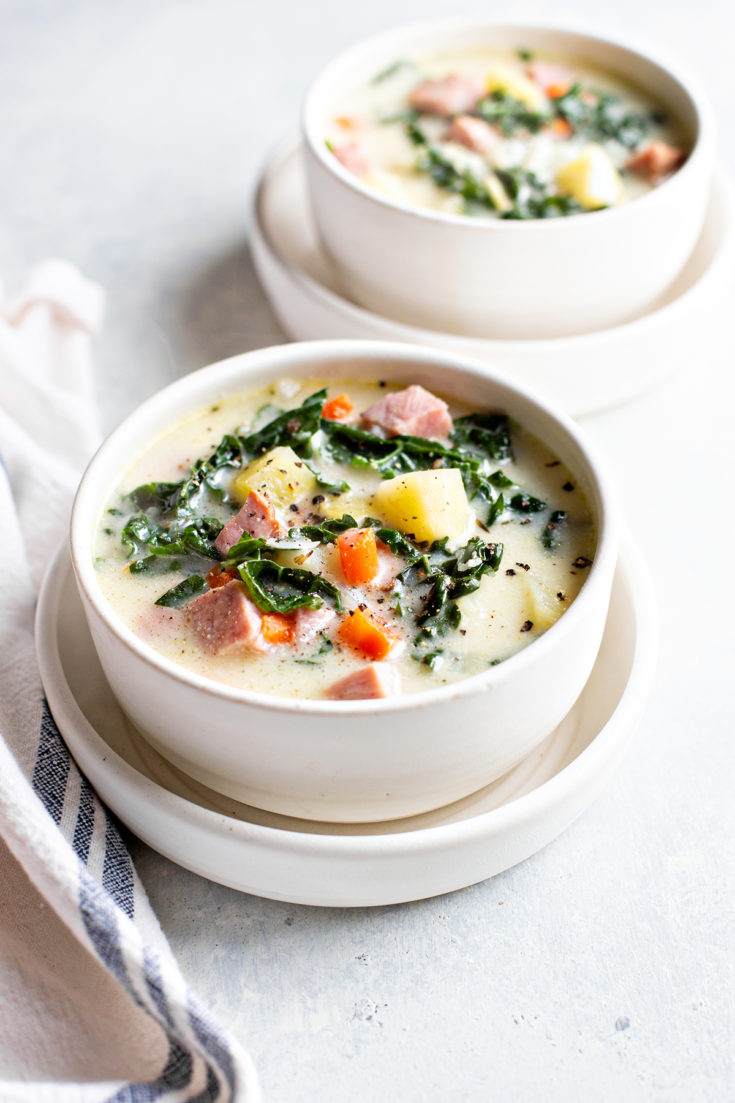

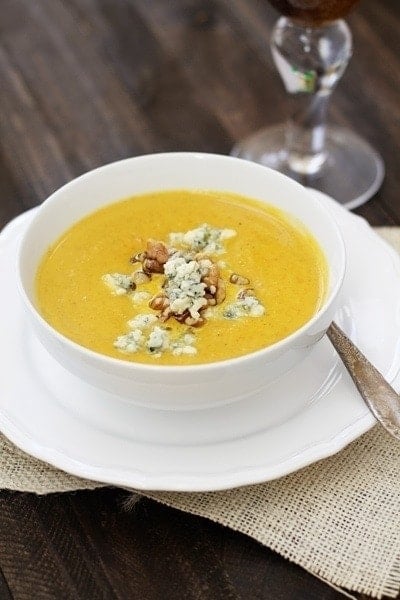

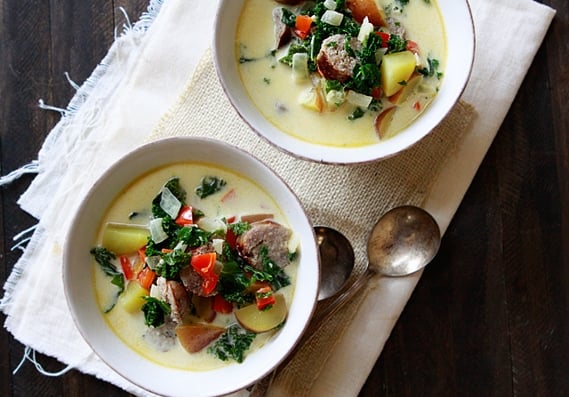
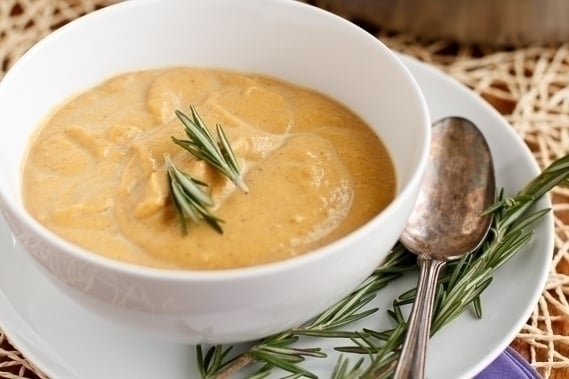
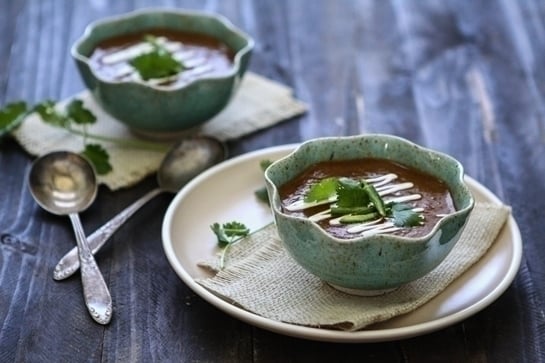




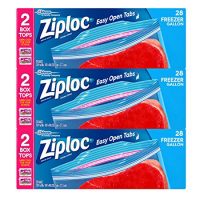
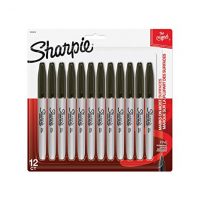

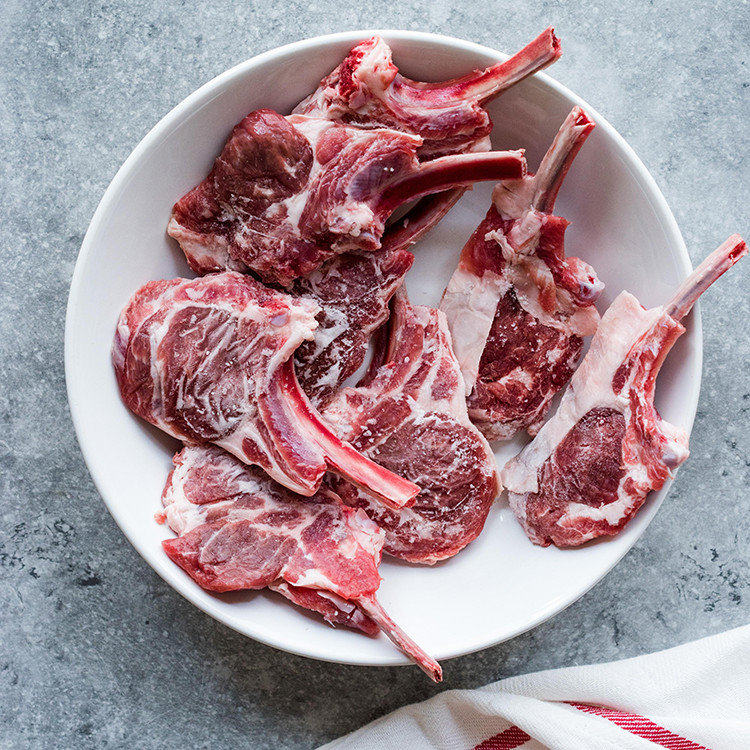

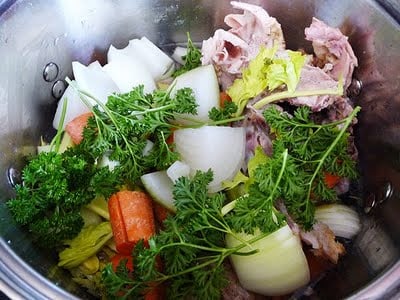
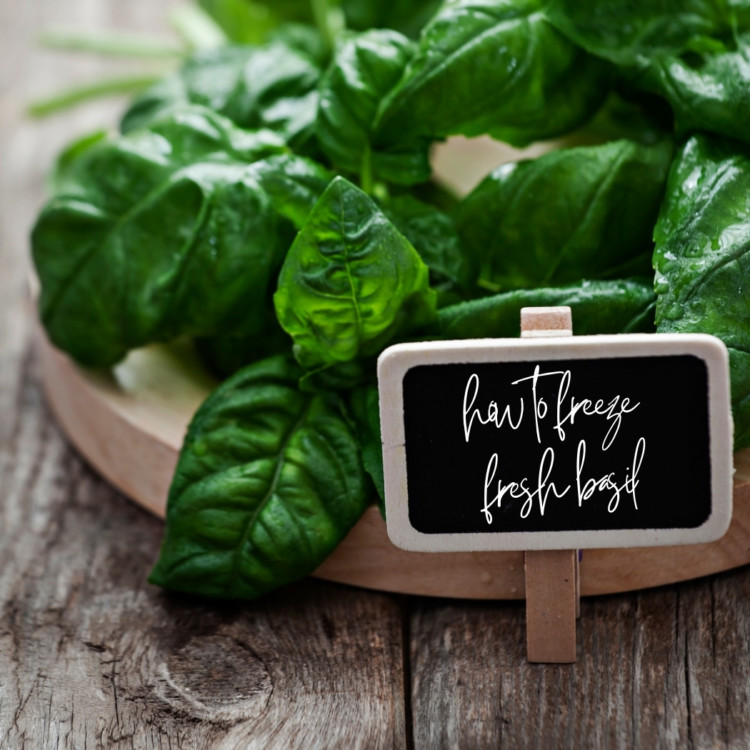
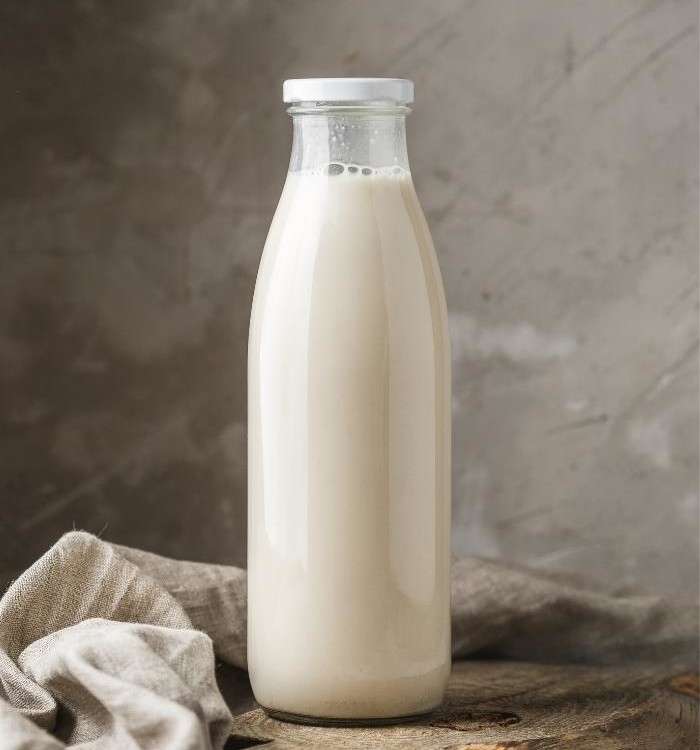

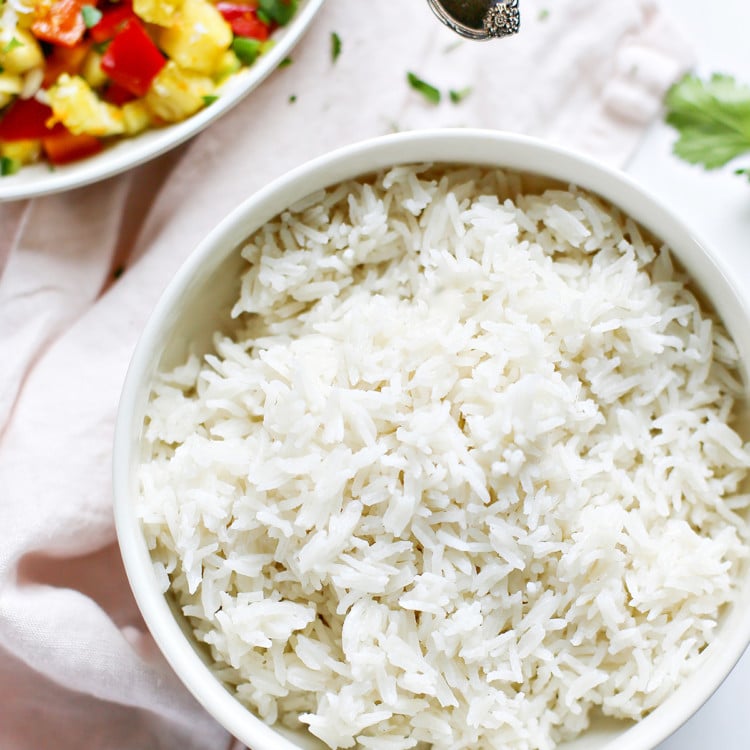

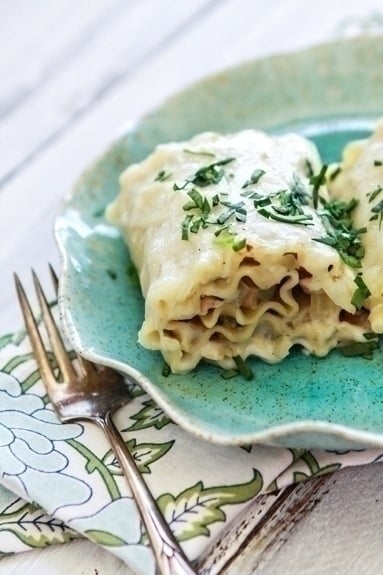
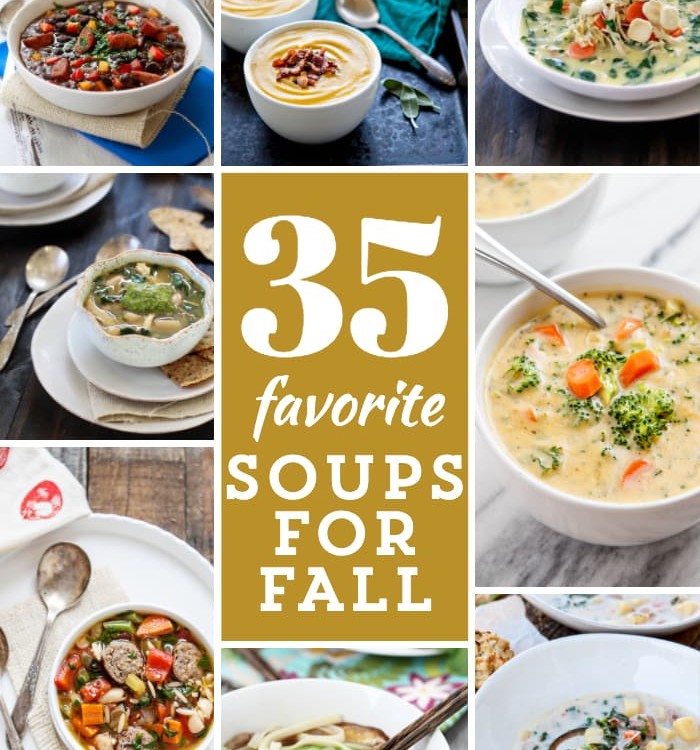

Leave a Comment